Meet XPS One Touch 27
It’s clear that Windows 8 intends to create
consistency among the game consoles, tablets, phones and PCs. But the desktop
computer world is mainly without touch input. Can XPS One 27 of Dell be able to
make the Windows 8 experience become better for a fabulous touch screen?
Windows 8 represents the first eager effort
of Microsoft to bring hand-set users back to the desktop computer, where they
can find lots of internal storage and lots of computing source to be more
productive, creating the content and playing games in a truly covered
environment. A 5 inch screen can’t compare to 3 1,920x1,080 screen for any mission.
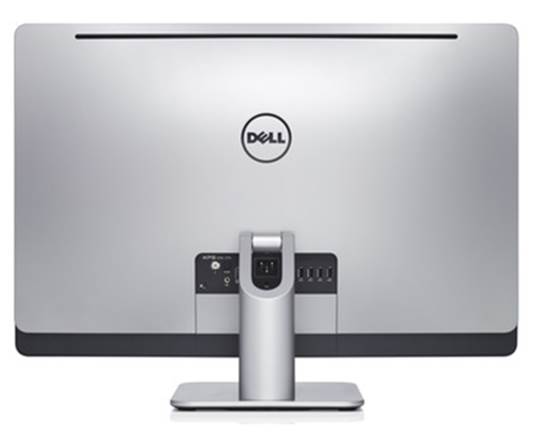
Can
XPS One 27 of Dell be able to make the Windows 8 experience become better for a
fabulous touch screen?
To any of us who attaches to the desktop
computer, it’s not necessary to care about the convergence of the hand-sets,
tablets, game consoles and PC, Windows 8 interface is having conflicts. We saw
that from your comments right when the OS released for the first time. but we
have used it since last year and navigating around it was pretty smooth,
especially on the various screen configurations which almost blew its interface
completely.
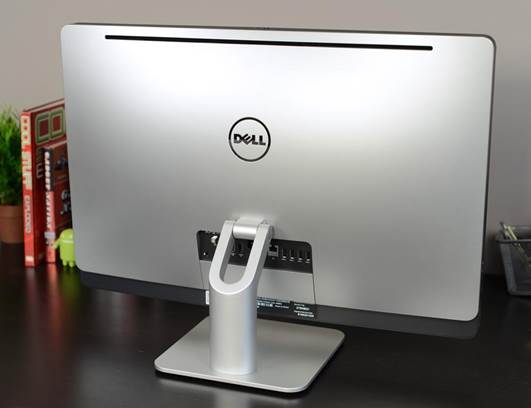
To
any of us who attaches to the desktop computer, it’s not necessary to care
about the convergence of the hand-sets, tablets, game consoles and PC, Windows
8 interface is having conflicts.
And how about those using Windows 8 on PC with
a screen? That’s the place the OS seem to have most of the obstacles. One thing
that hurts Microsoft the most with touch-based interface is the lack of the PC having
touch screen.
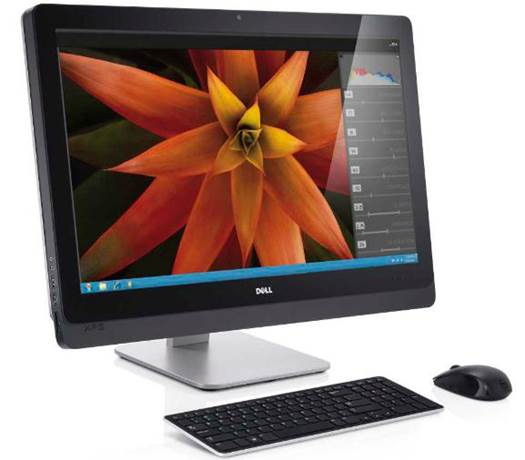
If
you had a mobile device with Windows, you would know that the consistency
between the interfaces was very good.
If you had a mobile device with Windows, you
would know that the consistency between the interfaces was very good. However,
actually you want to have the corresponding functions. Touch screen turns Dell
XPS One 27 from a device that is the same to a super “powerhouse” tablet into a
device that actually works like a tablet. And that ability only adds $200 to
the price of the most entry-level $1,399 model.
Of course, Dell wants to show off. So we’re
checking something that is much more luxurious.
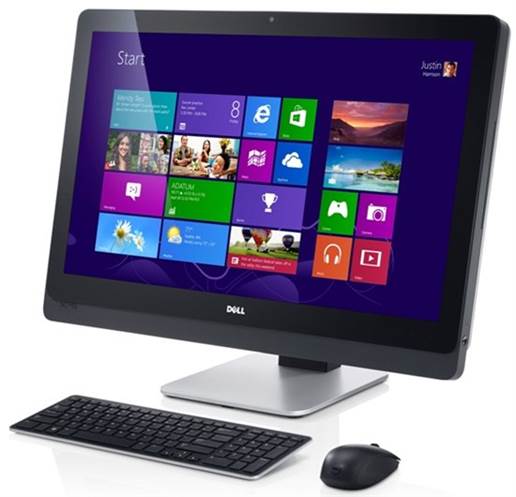
Touch
screen turns Dell XPS One 27 from a device that is the same to a super
“powerhouse” tablet into a device that actually works like a tablet.
Studying XPS One 27
Familiar Windows 8 interface is where we
have most of the touch functionalities from the QHD WLED TFT LCD screen of Dell
(2,560x1,440). An 89 degree 60 degree-off angles help you approach closer to a
device which you usually look from a distance of 1 foot, while the edge-to-edge
glass reduces the ability that water can get in the bonding lines and damage
the electronics.
The height adjustment is the biggest limit
of this PC, with tight motion range of the upper tube stopping the screen on
the desk of about 1.75 inch. Tilt it backward, and the tube lowers enough to
bristle up at an almost 5.5 inch angle. These limits keep the weight focusing
on the support to keep the system from not falling to the back.
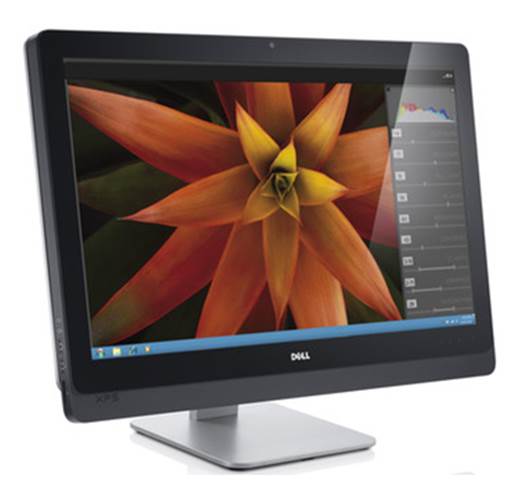
Familiar
Windows 8 interface is where we have most of the touch functionalities from the
QHD WLED TFT LCD screen of Dell (2,560x1,440).
A power button and hard drive LED appears
on the right edge of the model 2710, while the touch controls take over the
right corner below the surface. Touch control sitting on the right control the
optical drive with the Blu-ray-burning support on our testing model.
The left edge consist of headphone jack and
microphone, USB ports, and 8-in-1 media card interface. If you haven’t looked
at the technical specs above, you may be surprised to know that the USB ports
follows the 3.0 standard, though they’re not in the familiar blue hue of the
standard. Media drive also adds 1 feature – xD ability for SD, MMC and MS
standard.
Do you worry about the spyware infiltrating
your camera? The mechanical shutter button of Dell will help to remove those
concerns by hiding the lens of the 2MP sensor.
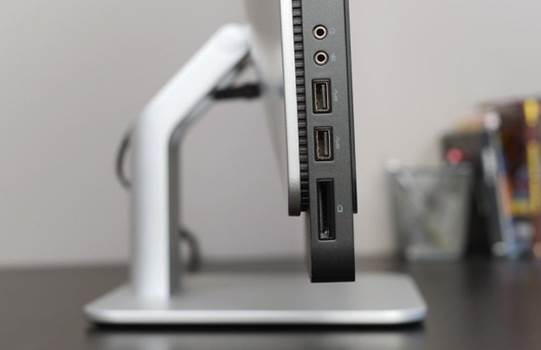
The
left edge consist of headphone jack and microphone, USB ports, and 8-in-1 media
card interface.
Panel on the back of 2710 offers 4 USB 3.0
port – with no expected blue code – along with a gigabit Ethernet-network jack,
digital optical HDMI out, HDMI in, and a large-sized PC power jack. HDMI input
is just pass-through, allowing the unit to act as an independent screen.
Despite not having appearance on this model,
Dell also provides 1 internal TV tuner mini-PCIe card on all 4 XPS One 2710
models.
Inside XPS One 27
Yes, you know that we will split it out.
According to the instruction manual, all 4 XPS One 2710 models look the same on
the inside. The basic support consists of 1 3.5inch drive bay, while the EMI
guard covers the most sensitive components.
With these 2 pieces being detached, we see
the 2TB Seagate Barracuda ST2000DM001 drive at the center, 1 slot-loading version
of the drive combining Blu-ray 6x/DVD 8x of HL-DS on the left, and the system
board on the right.
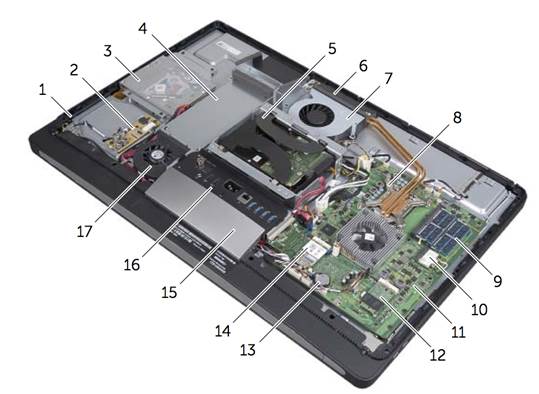
The
basic support consists of 1 3.5inch drive bay, while the EMI guard covers the
most sensitive components.
The exclusive mainboard of Dell supports 2
DIMM, an mSATA card, 2 mini-PCIe cards, and a LGA 1155 processor. Only one of
the PCIe slots opens in this model, though the mSATA slot is also empty on
cheaper versions which lack SSD caching. Card mini-PCIe TV-tuner is the only
one addition on the inside which is provided by Dell itself.
The Core i7-3770S 65W desktop computer
processor of Intel is replaceable, but GeForce GT 640M GPU of Nvidia is welded
directly onto the motherboard.
The solid KM713 keyboard and the KM632 optical
mouse of Dell are included in 2710 models.
The supporting kit consists of a quick
start instruction, standard electric wire with flat cable, and utility disk.